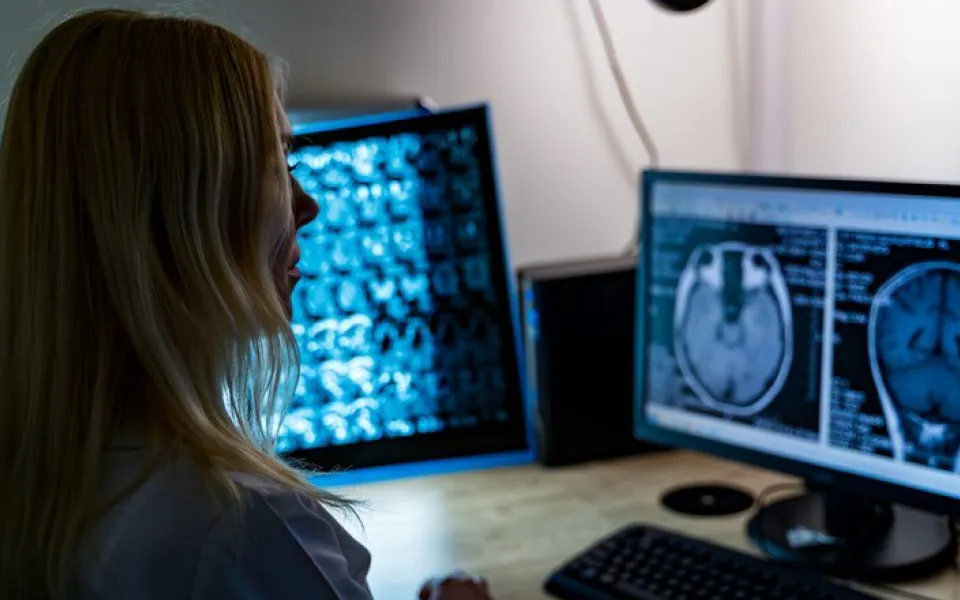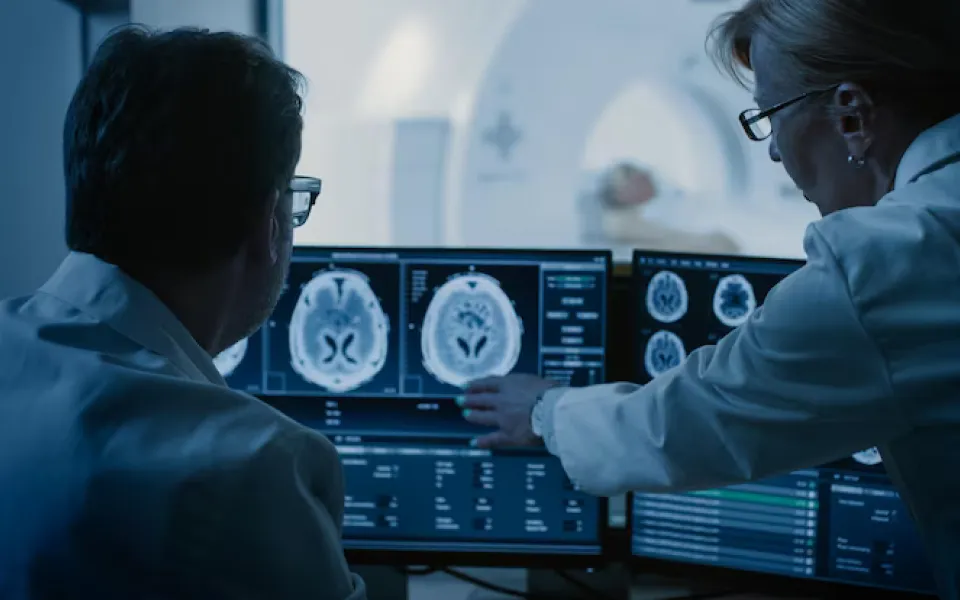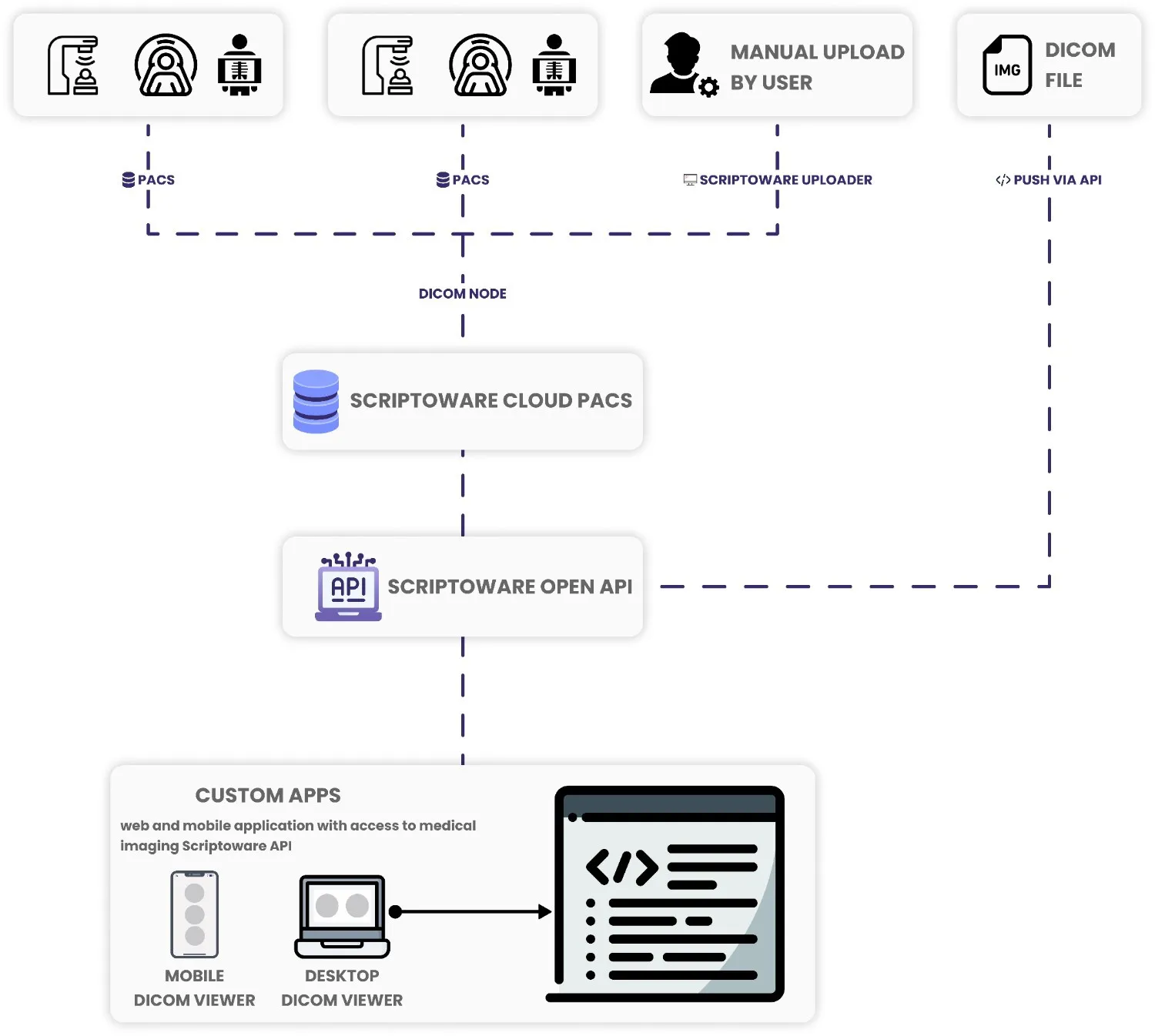
Smart Imaging Integration for Faster Diagnoses
Integrate medical imaging smoothly into your healthcare system using Scriptoware’s Medical Image Integration API. This reliable and intuitive platform allows healthcare professionals to access, manage, and view imaging data within their daily workflows. The result is more accurate diagnoses and improved patient care.

What is Scriptoware's Medical Image Integration API?
The Medical Image Integration API from Scriptoware consists of a set of secure tools and standards that enable communication between medical imaging software and other healthcare systems. This API facilitates the incorporation of sophisticated imaging capabilities into various applications, allowing easy access, visualization, and sharing of medical images. Its scalable and flexible design supports healthcare professionals in making faster, more precise diagnoses by providing seamless access to important imaging data.
Advantages of Scriptoware’s Healthcare APIs

Central Access Point for Imaging
The Medical Image Integration API serves as a centralized gateway for managing and retrieving imaging data. Healthcare providers can access patient images directly from the systems they already use, reducing the need to switch between separate tools.
Simple EHR Integration
Our API seamlessly links medical images with Electronic Health Records. This ensures that imaging data becomes a core part of the patient's history, helping clinicians take a well rounded approach to treatment and record keeping.
Enhanced Virtual Care Delivery
With Scriptoware’s APIs, developers can incorporate imaging into telehealth platforms. This allows for real time sharing and analysis of medical images during virtual visits, leading to better diagnostic accuracy and increased patient involvement.
Better Diagnostic Support
Built in visualization tools help specialists and radiologists conduct detailed image assessments. These advanced features support more accurate readings, which directly benefit patient outcomes.
Scalable and Adaptable
Designed for flexibility, our APIs handle increasing volumes of imaging data without sacrificing performance. As healthcare operations grow, Scriptoware ensures smooth and secure expansion of imaging capabilities.
How Does the Medical Image Integration API Works ?

Upload & Retrieve Imaging
Experienced users can transfer imaging files such as DICOM and other medical formats into our cloud PACS through our specialized API.
Imaging data can also be automatically gathered from local PACS and modalities via our DICOM Node. Additionally, patients, physicians, or staff members can upload past imaging using our easy Medical Imaging Uploader.
Secure Storage & Data Management
Our cloud platform safely stores all imaging information and easily adjusts to the needs of any medical practice.
Detailed access controls enable organizations to manage sharing within teams and with external collaborators while maintaining regulatory compliance.
Our robust API ensures stored imaging and associated files are readily accessible, simplifying complex workflows and integration with other healthcare systems.
Viewing & Collaboration
The API allows secure retrieval of imaging, patient records, cases, and communications according to established permissions.
Our lightweight, Browser based DICOM viewer offers simple image viewing without the need to install software. It integrates effortlessly into existing applications with minimal coding and requires no advanced imaging knowledge.
Why Use Scriptoware’s Medical Image Integration API?
Scriptoware’s API is more than just a connectivity tool; it empowers developers to create tailored imaging solutions with extensive features. It integrates medical imaging data smoothly within existing electronic health records and virtual care platforms, helping to streamline clinical workflows and improve diagnostic accuracy. Built with a strong emphasis on security, scalability, and compliance, the API is equipped to meet current healthcare demands and grow alongside future needs.
Frequently Asked Questions
Healthcare APIs are versatile resources that support a broad spectrum of participants in the medical sector. Medical centers and clinics rely on these APIs to efficiently retrieve and organize patient information, enabling smoother operations and informed clinical decisions. Healthcare practitioners such as physicians, nurses, and care coordinators use these tools to optimize their daily tasks, access patient data swiftly, and collaborate seamlessly with their teams. Software developers and engineers apply healthcare APIs to build innovative digital health solutions that enhance patient outcomes and care delivery. Patients benefit by accessing their medical records, utilizing telehealth services, and monitoring health metrics through apps and wearable technologies. In essence, healthcare APIs enhance data availability and empower all stakeholders to improve health management efforts.
The Medical Image Integration API has significantly advanced healthcare by providing reliable and secure access to medical imaging data across diverse platforms. Functioning as an interoperability bridge, it enables providers to share imaging information safely and in real time. This technology improves workflow efficiency, care coordination, and supports the expansion of telemedicine, remote patient monitoring, and personalized healthcare applications. Ultimately, it equips healthcare professionals to harness imaging data more effectively, leading to improved clinical outcomes and reshaping care delivery.
There is a wide range of healthcare APIs designed for different operational needs. These include APIs for accessing patient records from Electronic Health Record (EHR) systems, integrating medical image functionality, retrieving pharmaceutical data, and enabling telehealth features. Each API category addresses specific use cases, allowing clinicians, developers, and patients to interact with health information securely and efficiently. Whether supporting clinical decisions, patient monitoring, or enhancing health results, healthcare APIs play an essential role in connecting disparate healthcare technologies.
In an Electronic Medical Record (EMR) system, an API acts as a secure conduit to retrieve and manipulate patient data stored within the system. It permits external applications such as analytics platforms or care coordination tools to access, modify, and update health information safely. Utilizing APIs within EMRs improves interoperability, streamlines clinical workflows, and fosters communication between different health IT systems, contributing to more cohesive and effective patient care.
A healthcare API, or Application Programming Interface, serves as a communication link between various healthcare software and applications. It facilitates seamless exchange and integration of healthcare data and services across different platforms used by providers. By granting secure access to health information, healthcare APIs empower developers to build or enhance applications that improve care coordination, operational efficiency, and overall patient experience.
Future proof your medical imaging management and workflows
Effortlessly access, view, store, and share medical imaging data with a robust, multi location cloud PACS system, zero footprint DICOM viewers, AI capabilities, and top tier sharing features.
